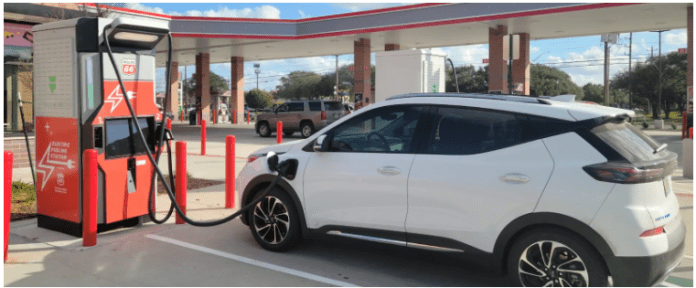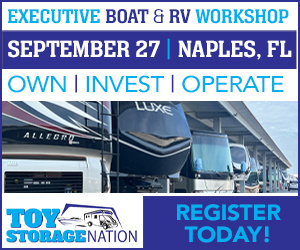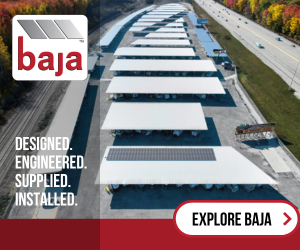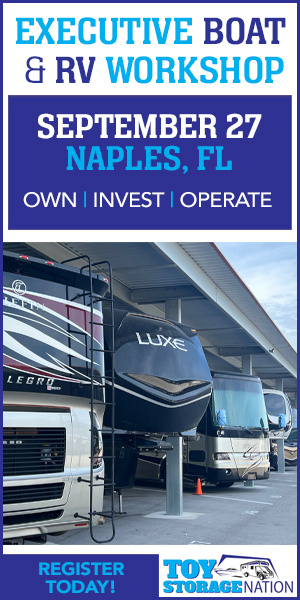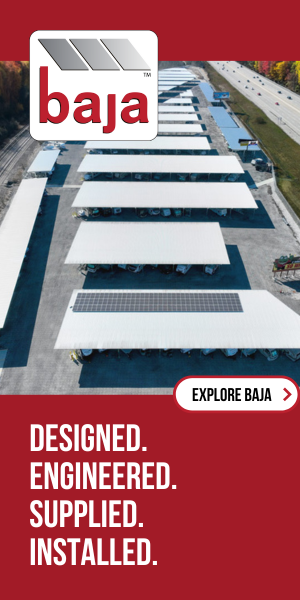I was looking through YouTube for article ideas and came across an interesting take by an RV dealer. Was he mocking EVs? No. Was he suggesting people don’t get them? Again, no. Instead, he made it clear that the industry he works in and analyzes is going to have to adapt and change.
While that makes sense to us in CleanTechLand, we have to look at this from the outside in to understand how far this has come. The very idea of an EV towing was mocked just a couple of years ago, but nobody’s laughing as 2023 begins. With big changes afoot in the industry and billions of dollars of support for things like EV tax credits and charging infrastructure, it’s clearly something to prepare for instead of trying to avoid now.
In this article, I want to take a quick look at industries that are going to see major effects from EVs in the next few years, and try to come up with some suggestions for adaptation. I don’t know everything about these industries, but I hope that I can at least spur more discussion on this topic so people who know more than me will start joining the conversation in every industry so people will continue supporting their families as the transition unfolds!
Let’s look at a few industries that will start to feel it in 2023.
Gas Stations
The obvious one everyone is going to think of first is gas stations, so let’s start there.
The good news? Most local gas stations don’t make much selling gas. This may sound weird and unlikely, but talking to some gas station owners, they’ve explained that it’s much like the movie industry. They often make only single-digit pennies of profit per gallon, but that’s not their bread and butter. The gas is there to attract people, while the convenience store is where most of the money comes from.
So, the question isn’t how to replace revenue from fuel sales as much as how to make sure people keep coming in and buying snacks, drinks, and other things.
When I visited Phillips 66’s first EV charging station last month, I learned a lot about what the convenience store of the future will probably look like.
The biggest misconception I see out there is that gas stations can just remove the gas pumps and put charging stations in their place. But, the problem is that the whole facility was designed for people to come and go in just a few minutes. When people need to charge an EV, they’re going to stay for at least 15 minutes, and often a lot longer. So, convenience stores that aren’t prepared to profit as much as possible from this longer window won’t do well.
My suggestion is that, at minimum, the convenience store has a few seats and a microwave to heat up frozen foods. But, having a small restaurant or some other hot foot ready to go would be a lot better. Clean bathrooms (accessible 24/7), a reasonably-priced ATM, and maybe a small lounge area would be fantastic. At the bottom end, convenience stores that resemble something like QuikTrip (QT) are probably going to be the future. Better stations that resemble truck stops will be even better. The gas stations with only a tiny, tiny cinder block store don’t stand much of a chance.
The RV Industry
Before I get into the RV industry, let’s look at the video that helped me come up with this article idea (watch video here: https://youtu.be/4qLf4MX_PlY).
He opens up right away admitting that EVs are probably going to massively change the way RVs look. Most people think of this the other way round right now, thinking that EVs need to adapt to today’s RVs by packing in hundreds of kilowatt-hours of battery storage. He was talking about more than that, but I’ll get to that in a minute.
The obvious shape change that will happen will be that RVs will need to be more aerodynamically efficient. I’ve covered that in great detail in another two-part series of articles, and you can read all about that here. The best way to understand what’s probably going to happen is look at things like semi-trailers (side skirts, tails) and vehicles like the Aptera. In other words, expect less big, boxy trailers and competition on range impacts.
Another change he mentions that’s coming is autonomy. If manufacturers can solve autonomous vehicles, RVs might start driving themselves. People, seated comfortably inside, could do whatever they want while the RV is en route to the destination. The inside and the outside will both change if that happens.
Development and change is going to have to happen, and companies that prepare for change will succeed. Companies that refuse to adapt and demand to keep selling giant boxes won’t make it as ICE fades away.
The other question he brings up is one of infrastructure. Having enough charging stations for EVs not towing anything is going to be a challenge, but add in the needs of EV tow vehicles, and it’s more complicated. Will we see more solar use in electric RVs? Or will RVs resist a transition to EVs somehow? These questions will need to be answered by industry.
Another important question that will need an answer is the traditional RV generator. The places where it’s legal to fire up the old genset to power things like air conditioning are dwindling fast. The places where you’re allowed to “boondock” are at threat of shrinking as governments try to crack down on the homeless population who have moved into more affordable RVs instead of sleeping on the sidewalk, so that’s another factor in how RVs work outside of RV parks and campgrounds.
Jennifer Sensiba is a long time efficient vehicle enthusiast, writer and photographer contributing to CleanTechnica. She grew up around a transmission shop, and has been experimenting with vehicle efficiency since she was 16 and drove a Pontiac Fiero. She likes to get off the beaten path in her “Bolt EAV” and any other EVs she can get behind the wheel or handlebars of with her wife and kids.
CleanTechnica is a top source for cleantech news and analysis. It entertains and informs approximately 6 million monthly global readers along with hundreds of thousands of social media followers. CleanTechnica’s work has been referenced by the New York Times, Washington Post, Slate, CNN, CNBC, MSNBC, Think Progress, Reuters, Scientific American, and plenty of media outlets. Some of the cleantech industry’s top CEOs, directors, founders, and board members read us regularly. More info: https://cleantechnica.com/









